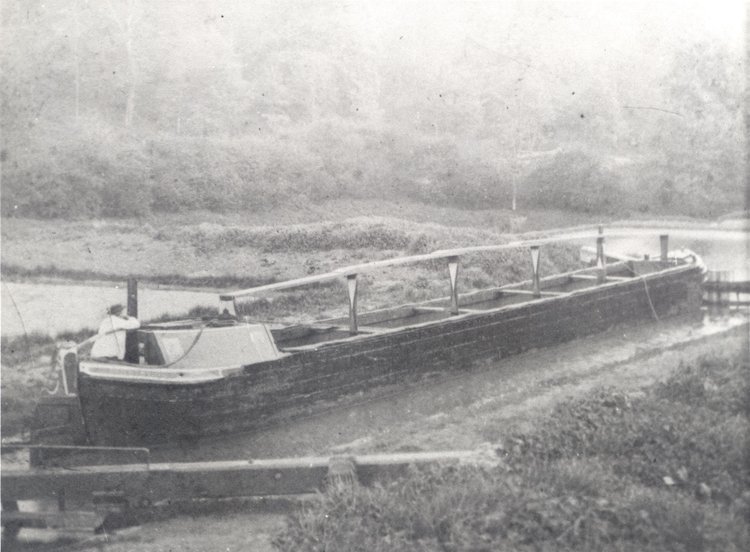In Conclusion
/I thought I would write a few short words to bring the blog to an end.
It’s been a fascinating journey into the late 1800s for me as I archive the James Smart material. When I first volunteered to do the job, it was predicted that there were a few hundred documents. But it’s nearly at 700 now and there’s no end in sight.
The letters are almost all approximately A5 in size but vary greatly in presentation. Some are written on blank pieces of paper, others are on letterheads and some are ostentatious. For example; those from Jones of Chepstow have 7 different typefaces, including 3 types in the style of Helvetica, 2 types of Roman, 1 Gothic and 1 decorative (the font names are my best guess). A typesetter’s nightmare in those days of hot lead!
As it happens, I came into possession of a letter book not long after I started archiving the Smart material. It is only related to Smart in as much as it relates to a canal. It belonged to the Egyptian Dredging Company and of course the canal in question is the Suez. The letters in this book are carbon copies of letters dating from the late 1800s, so a similar time frame. They are from the Registered Office in London mostly to various company officials who are based in Cairo. It gave me cause to wonder if any of the letters written to James Smart might have come from a similar book.
A letter book (not part of the museum collection)
In the blogs I’ve only written about very few of the correspondences from the captains and customers. There are lots of others from individuals, businesses, official bodies, banks etc. and they make a fascinating account.
Then there are the postcards. There are hundreds of these too. Pre-printed with postage stamps and other details they are short missives mostly from captains telling Smart where they are, what cargo they have, where they’re going next and often as not asking for money.
But I’m going to end with the text of a short letter from Zaccheus Whiting who was a coal and salt merchant operating from Eastington. It was written on August 13th 1889 and marked “PRIVATE”.
“Dear Sir,
I tried again to see CCH Esq but I find he is out for his holidays. I will look for him as soon as he returns home & let you know all the particulars.
I should advise you to see that other Gentlemen on the first opportunity you have.
Yours truly ZWE”
Alas we do not know who CCH was or who the other mysterious gentleman mentioned might be or what the subject under discussion was, but doesn’t it make you a bit curious?
I hope you have enjoyed these journeys into the commercial world of James Smart as much as I have in their telling. Thank you.
















